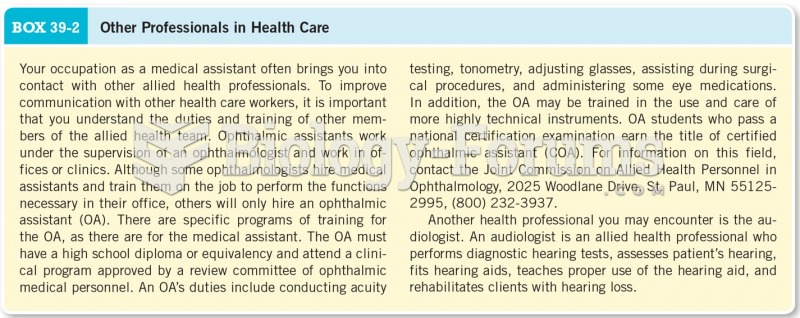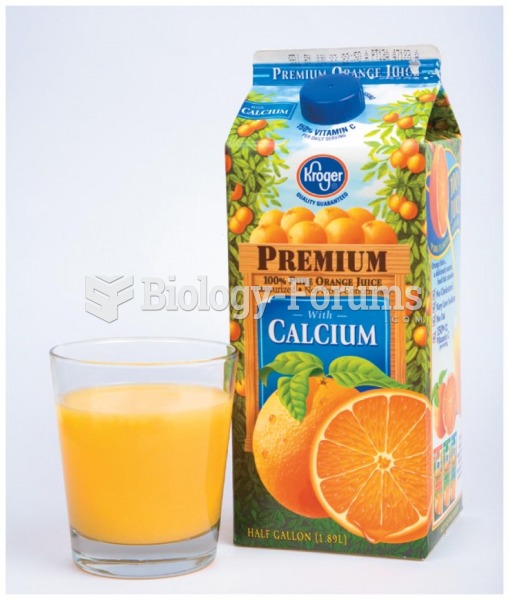|
|
|
Did you know?
Opium has influenced much of the world's most popular literature. The following authors were all opium users, of varying degrees: Lewis Carroll, Charles, Dickens, Arthur Conan Doyle, and Oscar Wilde.
Did you know?
Eating food that has been cooked with poppy seeds may cause you to fail a drug screening test, because the seeds contain enough opiate alkaloids to register as a positive.
Did you know?
The average adult has about 21 square feet of skin.
Did you know?
Cyanide works by making the human body unable to use oxygen.
Did you know?
On average, someone in the United States has a stroke about every 40 seconds. This is about 795,000 people per year.







